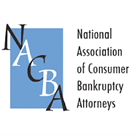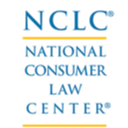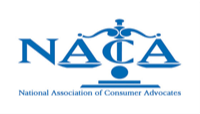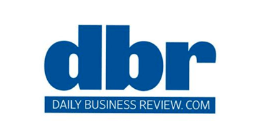Chapter 7 of the Bankruptcy Code governs the process of liquidation under the bankruptcy laws. Chapter 7 is the most common form of bankruptcy. In the liquidation process, most or all of a debtor’s assets are sold off to generate cash that is then used to pay the debtor’s creditors. The debtor’s debts are thereby eliminated, giving the debtor a fresh start. The liquidation process under Chapter 7 can differ slightly, depending on whether the debtor is a business or an individual.
When a business files for Chapter 7 bankruptcy, the bankruptcy court will appoint a trustee. The business must cease operations, unless the trustee chooses to continue operations. The trustee will make an accounting of the business’ financial affairs, and will then begin selling the business’ assets, distributing the proceeds to the business’ creditors. However, a business’ debts are not technically discharged at the close of a Chapter 7 case, and continue to exist until the applicable statute of limitations expires.
When an individual files for Chapter 7 bankruptcy, unless their debt is primarily not consumer debt, they must meet the means test to demonstrate their eligibility for Chapter 7. A debtor automatically meets the means test if their household income (the income being earned by all individuals in the debtor’s household, not just the debtor’s income) is less than the median household income in the state where the debtor files for bankruptcy. Otherwise, a debtor’s disposable income must not exceed a specified floor amount or portion of their debts. If it does, a debtor can only seek a Chapter 7 bankruptcy if they establish “special circumstances,” such as additional expenses, loss of income, or medical emergency.
An individual is allowed to exempt certain property from liquidation in Chapter 7 bankruptcy. Upon emerging from bankruptcy, most of the individual’s unsecured debts are discharged (with certain exceptions, such as student loans or domestic support obligations).





















